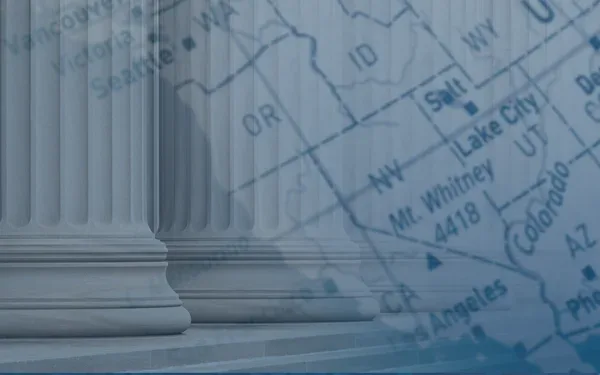Montana added to list of states served by EIM
The ISO’s Western Energy Imbalance Market (EIM) and NorthWestern Energy, which serves customers in Montana, South Dakota and Nebraska, have jointly announced that the utility is a participating member of the market as of June 16.
That brings to 10 the number of states where the EIM serves consumers.
“We are very pleased to welcome NorthWestern Energy into the family of Western EIM entities,” said ISO President and CEO Elliot Mainzer. “This new partnership with NorthWestern will add regional diversity and diverse resources into the real-time energy market and provide additional economic and environmental value to consumers in Montana and across the West.”
NorthWestern Energy’s participation caps a year of significant growth for the real-time energy market, with eight utilities joining already this year. The Western EIM now serves consumers in portions of Arizona, California, Idaho, Nevada, New Mexico, Oregon, Utah, Washington, Wyoming, and Montana.
By 2023, 22 active Western EIM participants will represent more than 83% of the load in the Western Interconnection.
Joe Stimatz, manager of asset optimization for NorthWestern Energy, agreed that joining the Western EIM brings tangible benefits to the utility’s customers.
“Our participation in the Western Energy Imbalance Market will provide our customers with economically efficient energy to resolve imbalances and variations in load and generation on our Montana system,” Stimatz said.
Since launching in 2014, the Western EIM has been using advanced technology to find and deliver the lowest-cost energy to utilities, while enhancing reliability and reducing greenhouse gas emissions. The most recent quarterly results show the Western EIM has achieved $1.28 billion in cumulative gross benefits for its participants.
NorthWestern Energy provides electricity and natural gas to more than 743,000 customers in Montana. The utility serves customers with an electric generation portfolio that is nearly 70% carbon-free and includes hydro, wind, and solar on 6,809 miles of electric transmission lines and 18,068 miles of electric distribution lines. The utility is well on its way to meeting its goal of reducing its carbon intensity 90% by 2045, with a 50% reduction to date.


